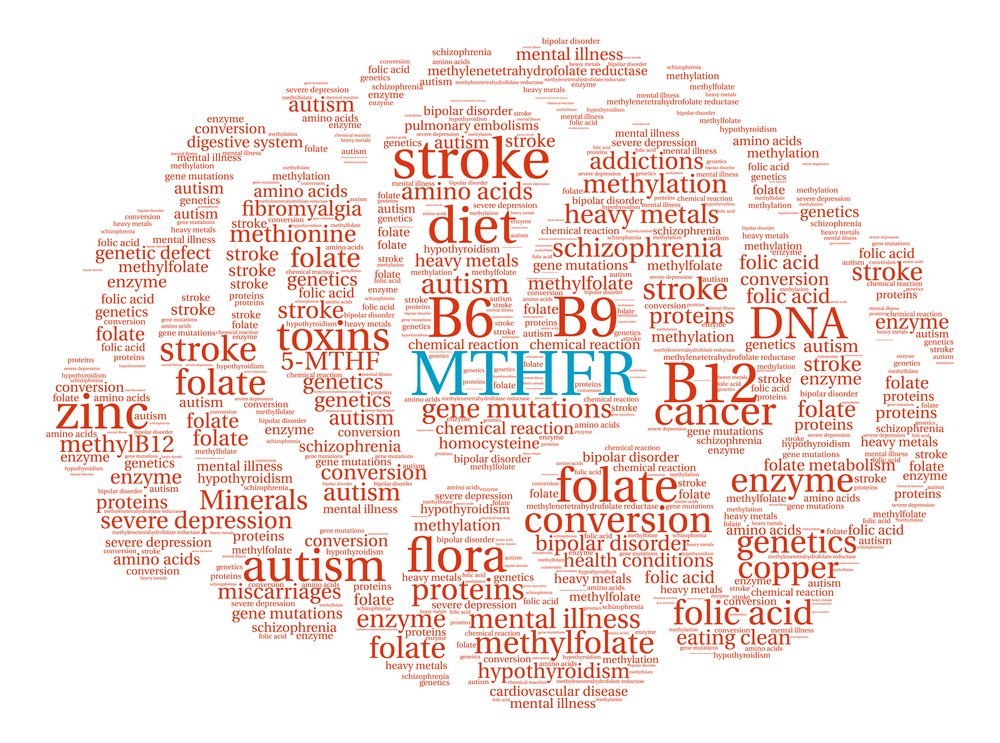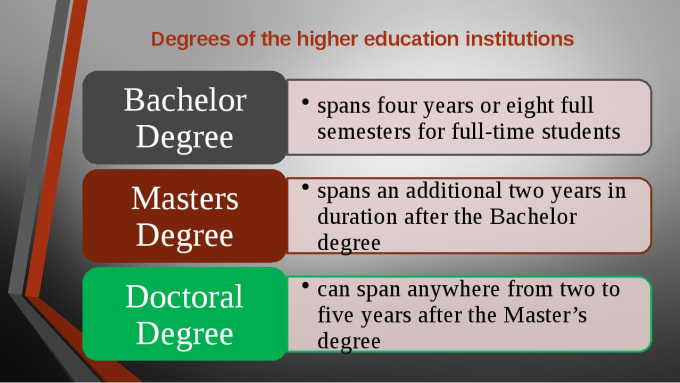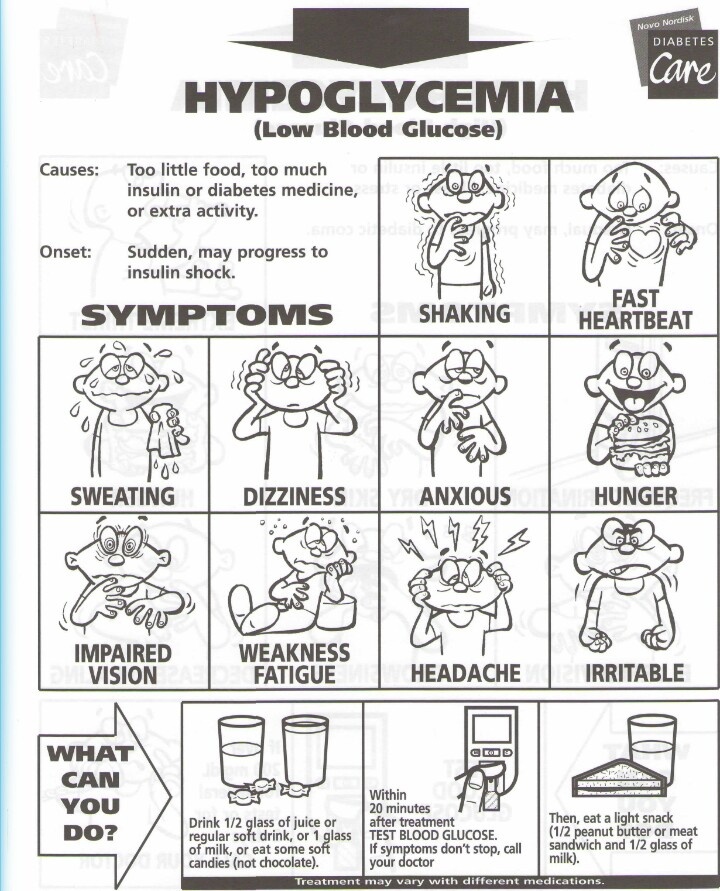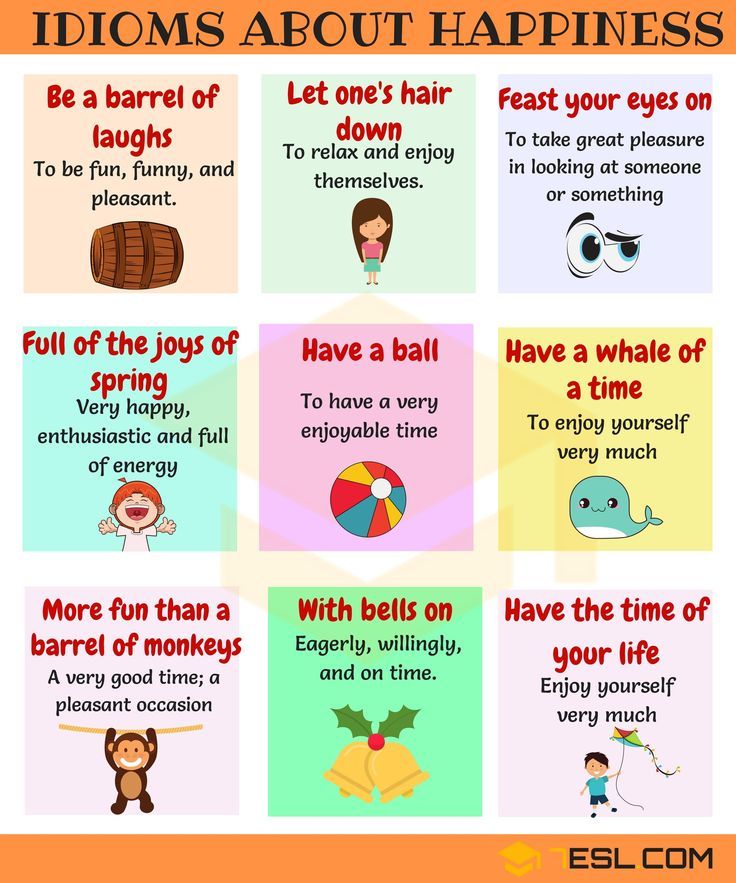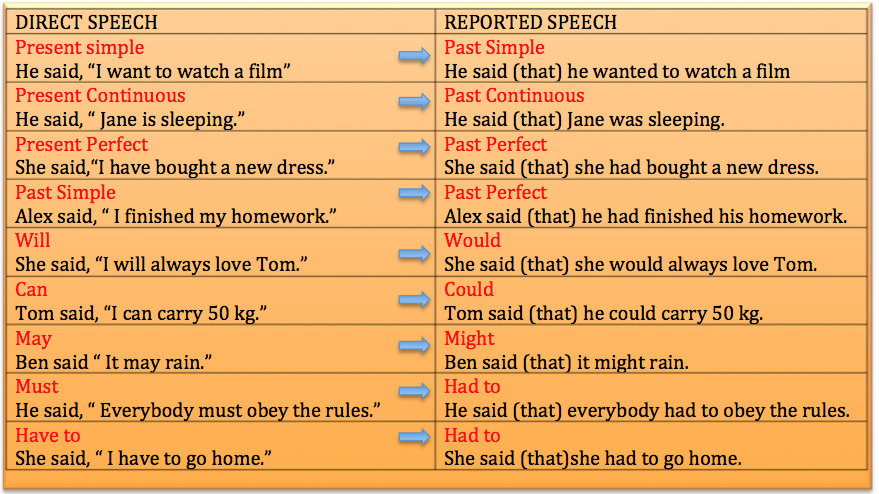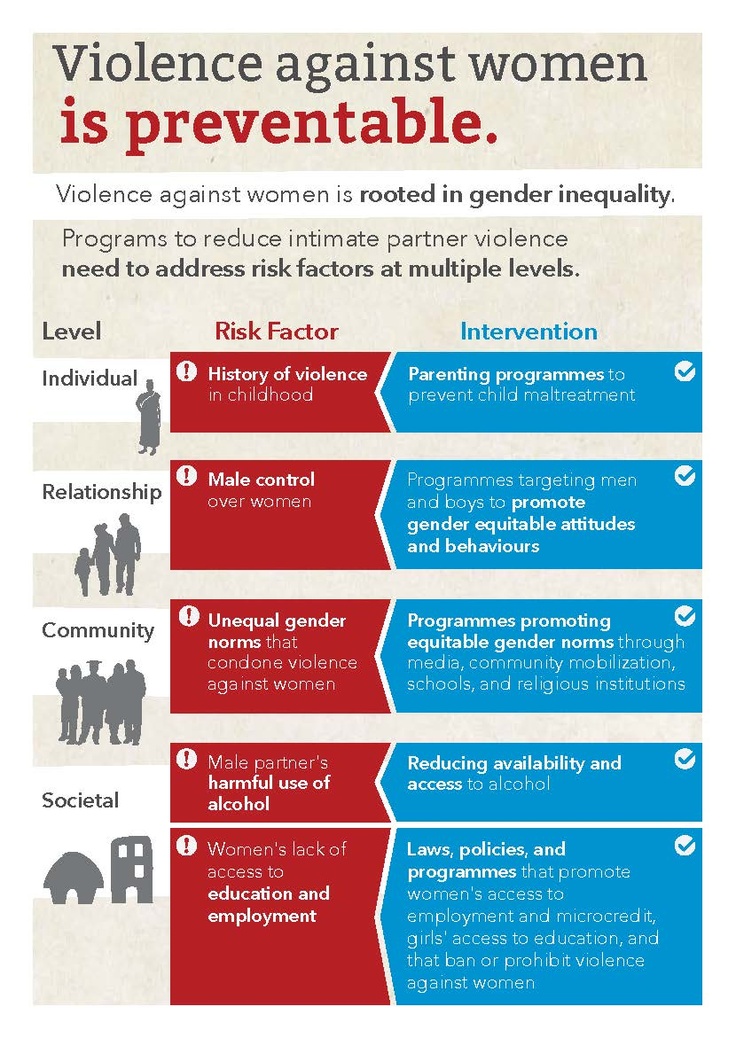Parenting after abuse
Building Your Case: How to Document Abuse
Search Close
Leave this site safely
You can quickly leave this website by clicking the “X” in the top right or by pressing the Escape key twice.
To browse this site safely, be sure to regularly clear your browser history.
Got it
Security Alert
Internet usage can be monitored and is impossible to erase completely. If you’re concerned your internet usage might be monitored, call us at 800.799.SAFE (7233). Learn more about digital security and remember to clear your browser history after visiting this website.
Click the red “X” in the upper-right corner or “Escape” button on your keyboard twice at any time to leave TheHotline.org immediately.
OK
If you are in an abusive relationship and are in the process of taking (or deciding to take) legal action against your abusive partner, documenting the abusive behaviors of your partner can be an important component of building your case.
It’s worth noting that each state has different laws about what evidence and documentation can be used in court. Speaking with a legal advocate in your state might better prepare you for your unique situation (our advocates at the Hotline can help locate a legal advocate near you). According to WomensLaw, in most states evidence can include (but is not limited to) the following:
- Verbal testimony from you or your witnesses
- Medical reports of injuries from the abuse
- Pictures (dated) of any injuries
- Police reports of when you or a witness called the police
- Household objects torn or broken by the abuser
- Pictures of your household in disarray after a violent episode
- Pictures of weapons used by the abuser against you
- A personal diary or calendar in which you documented the abuse as it happened
Below are a few actions you can take to create documentation, if you are able to or feel safe doing so:
- Visit the doctor.
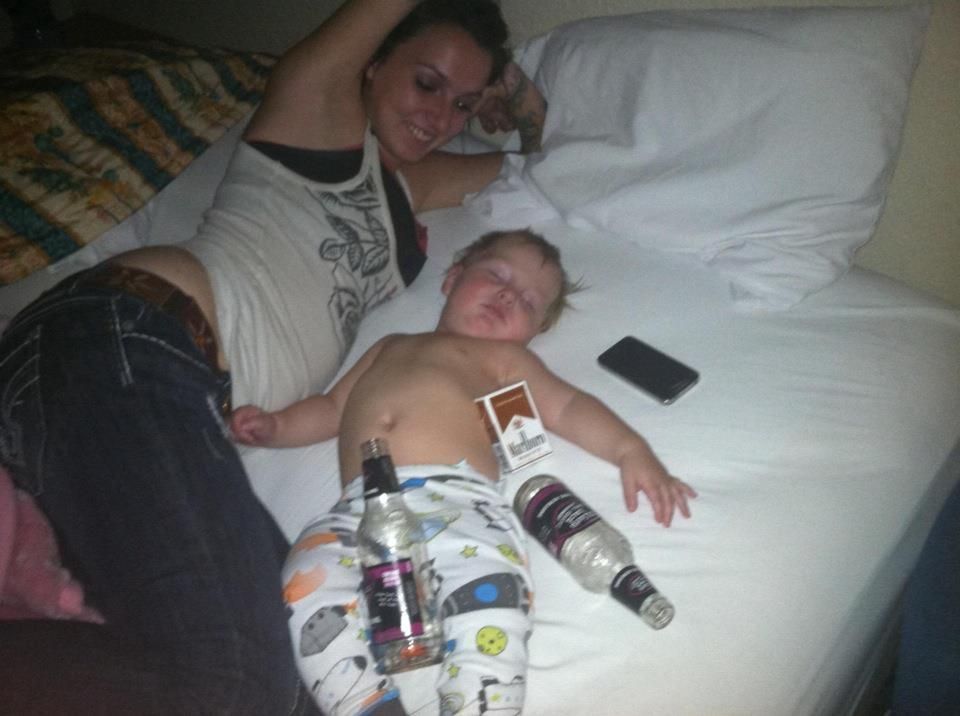
-
More and more, doctors and gynecologists are trained to recognize signs of abuse. Your health care provider could also be a safe resource for disclosing the abuse. If you’re visiting a doctor for an injury, ask them about safe ways they can make notes about the abuse — ex. Some can write “cause of an injury” without it having to go to the police.
- Consider outside documentation.
-
Do you have a trusted friend, coworker or family member who knows what’s going on and would be willing to help? There are many ways they can help document the abuse — whether that’s a coworker making note of times your partner calls you at the office, or a friend holding your journal at her house.
- Create a stalking log.
-
If your partner is stalking you, creating a stalking log can be very helpful to your case.
 The National Center for Victims of Crime’s Stalking Resource Center has examples of stalking logs (in PDF and Word formats) as well as additional information on stalking.
The National Center for Victims of Crime’s Stalking Resource Center has examples of stalking logs (in PDF and Word formats) as well as additional information on stalking. - Learn more about police reports.
-
ex. Like filing about a lost bike. Ask, “Hypothetically, if there was something that was happening that I would want to report…”
Always ask questions. Call your local police department’s non-emergency number and find out about the protocols and procedures of filing a police report.
This can help you prepare for filing a police report if you need to, which creates a paper trail of the abuse.
- Take pictures.
-
A digital camera or your phone camera may not always be safe. Consider getting a disposable camera. Another option is for someone else to take the pictures and keep them for you.
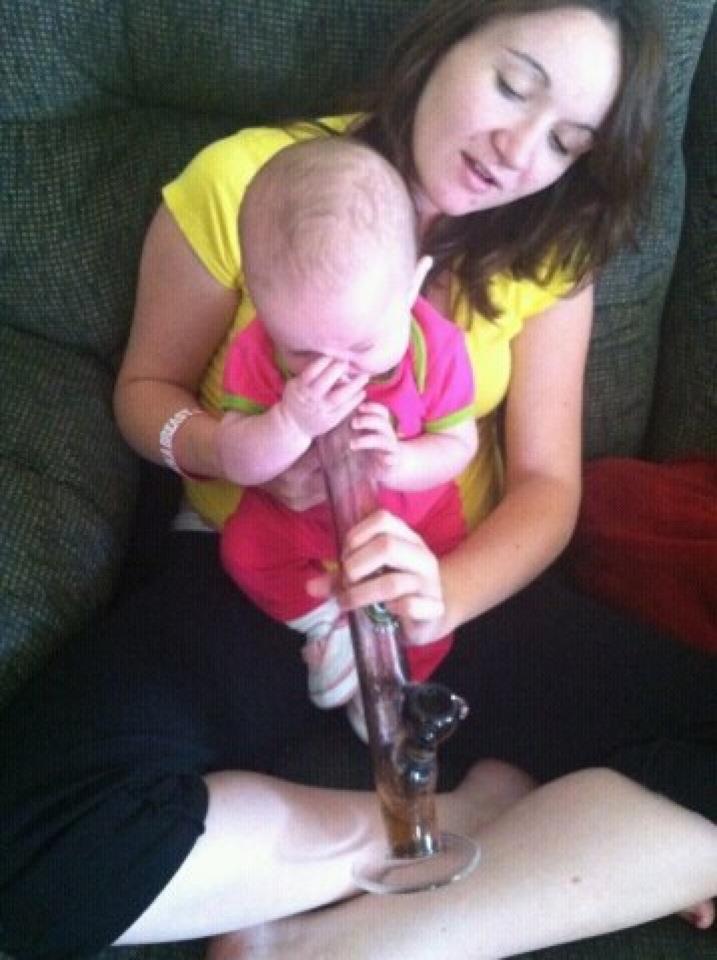
- Let it go to voicemail.
-
Is your partner calling over and over? Let it go to voicemail once and save the voicemail.
- Save digital evidence.
-
Do you have a smartphone? Most have the “take a screenshot” option. Thirty missed calls from your abusive partner? Take a screenshot of that. Threatening texts? Instead of responding to them, take a screenshot of them. These screen shots get saved in your images folder, so remember to send them on to a friend and delete them. If your partner sends threatening emails, don’t respond to them, but consider saving them in a folder in your inbox.
If you’re not sure if documenting your abuse would be safe, always go with your gut. It’s very important to keep in mind that you are the expert on your situation, and what works for one person may not be a safe idea for another person.
We are not legal advocates at the Hotline, but we are able to offer support and refer you to the local or state resources that might be helpful to you.
Answers shouldn’t be hard to find.
We're here to help!
- Call 1.800.799.SAFE (7233)
- Chat live now
- Text "START" to 88788
Visit our page for Privacy Policy. Msg&DataRatesMayApply. Text STOP to opt out.
Co-Parenting After Divorce When Your Ex Was Abusive
Source: Brocotton/Pexels
In the realm of intimate partner abuse, getting away from one’s abuser usually doesn’t mean being free of abuse when it involves co-parenting children. All too often, the dominant partner in the relationship feels highly threatened by the other partner separating to divorce. In the aftermath, the abusive partner is often angry, even hostile, and abuse can show up in the context of co-parenting. Although less than ideal, parallel parenting with an abusive ex-partner becomes the better solution.
In the aftermath, the abusive partner is often angry, even hostile, and abuse can show up in the context of co-parenting. Although less than ideal, parallel parenting with an abusive ex-partner becomes the better solution.
Co-Parenting vs. Parallel Parenting
In divorce, studies have shown that children benefit from spending at least 35% of their time with each parent despite the difficulty parents have with one another.
The impact of divorce on children’s well-being during and after their parents’ separation or divorce is potentially within parents’ control—the parents’ own well-being and capability to function will have the biggest effect. (Pedro-Carroll, PhD, 2020)
Co-parenting works well when parents who separate and then divorce can actively share parenting, have good communication with one another and work together toward what is in the best interest of their children.
When the abusive partner continues their hostility toward the other parent, the ongoing turmoil erodes quality parenting and contributes to children’s emotional and behavioral problems. (Pedro-Carroll, 2020). In these circumstances, co-parenting is not possible.
(Pedro-Carroll, 2020). In these circumstances, co-parenting is not possible.
Conditions for Parallel Parenting
When one parent has been abusive and controlling during a marriage, it’s very likely that the same harmful behaviors will continue. The following are examples of behaviors that don’t make co-parenting possible and a parallel parenting plan is needed (Post Separation Power and Control Wheel, DV Intervention Programs, 2013):
- Harassment and intimidation–manipulating the other parent to get what they want by using harassing behavior such as incessant calls or texts; sending messages through the children; showing up uninvited.
- Undermining one parent’s ability to parent by withholding information.
- Devaluing one parent to the children.
- Withholding financial support or blocking access to money after separation.
- Disregarding the children such as ignoring school or athletic schedules.
- Disrupting a parent’s relationship with their children by coercing them to ally with the other parent or using children as spies.

Parallel parenting allows both parents to be involved in parenting with the purpose of the parents having minimal contact with one another.
Protections If You’re Being Abused
If you’ve been the target of abuse and you finally take the difficult steps to divorce, you may assume your experience with your ex-partner will finally improve. Unless your partner seeks treatment for their abuse, your interaction will not change. Knowledge of a partner’s past abusive behaviors creates the best plan of protection going forward to co-parent with minimal contact between the parents, lessening the potential for harm.
Knowing the legal rights and protections that you have as a parent can help to minimize your risk going forward. If physical abuse occurred toward you or your children, it’s important to make this known during the divorce and custody process. When the court knows the full history of abuse, the best decisions can be made that are truly in the interest of the children concerning primary custody and visitation rights.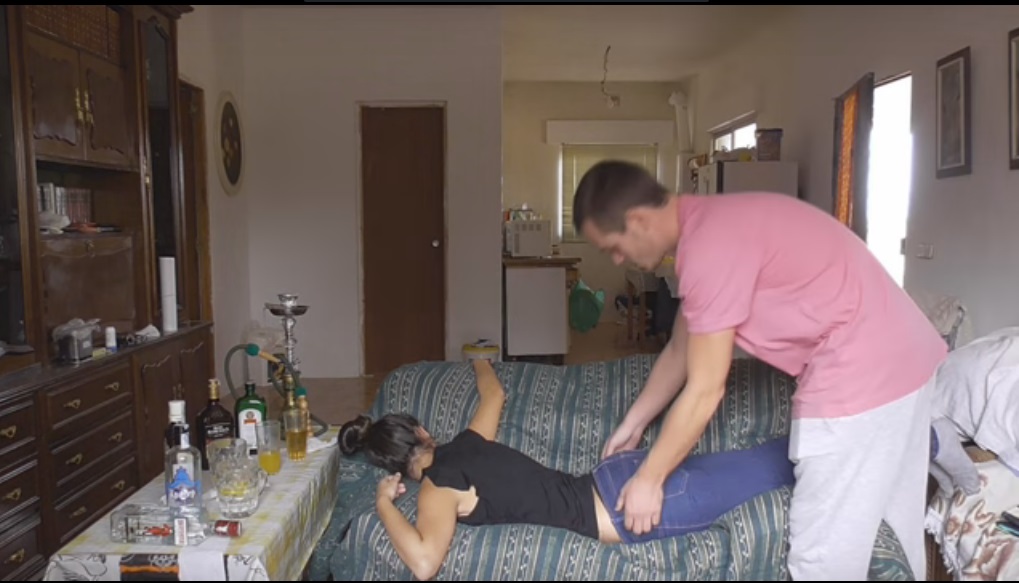 If you fear your abuser will retaliate and harm you for reporting, it might be necessary to obtain with the help of your lawyer a restraining order or protective order.
If you fear your abuser will retaliate and harm you for reporting, it might be necessary to obtain with the help of your lawyer a restraining order or protective order.
Parallel Parenting Plan
Strategies for minimizing opportunities for the abusive partner to get at you are making clear the guidelines for contact that become part of a separation agreement and custody. Communicating in writing is best so you have a record and the message cannot be distorted ending up in a “he said/she said.” Deciding the use of communication via email or texts and contact can only pertain to the needs and care of the children–disallowing personal attacks to the parent. Using an online scheduling tool can be useful so both parents have access and one parent is not in a position to inform the other of events, appointments, etc. Also, an online tool such as Family Wizard allows for emails to be sent that cannot be manipulated and can be used in court if necessary.
Negotiating a separation agreement with legal and physical custody promotes the best interest of the children.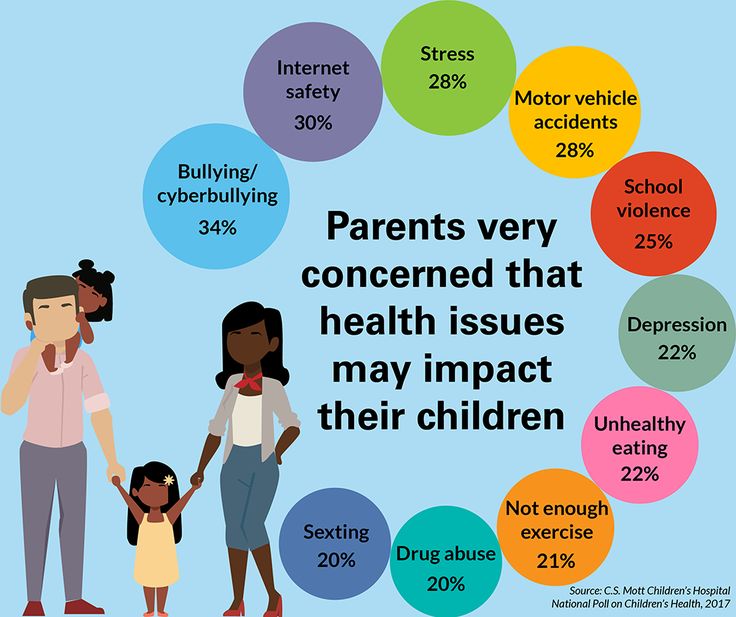 Set a clear concise visitation schedule with details that leave little room for misunderstanding and manipulation. If drop off and pick up need to be in public places for personal safety, then require this as part of the visitation arrangement. If you’re unable to negotiate a custody and visitation plan in a separation agreement, then a legal process involving a court order can help.
Set a clear concise visitation schedule with details that leave little room for misunderstanding and manipulation. If drop off and pick up need to be in public places for personal safety, then require this as part of the visitation arrangement. If you’re unable to negotiate a custody and visitation plan in a separation agreement, then a legal process involving a court order can help.
Once there is an agreement with a visitation schedule, both parents are required to follow it. It’s likely that the abusive parent will attempt to make changes, or not follow through, or harass the other parent about the schedule, child support, etc. This is where setting clear boundaries and limits become critical to upholding the agreement. With an ex abusive partner, this is not easy.
Getting Help
Coming through an abusive relationship can be traumatic. Being complacent with an abuser during the relationship in order to side step their wrath and abuse, might have been one of many kinds of self-protection used.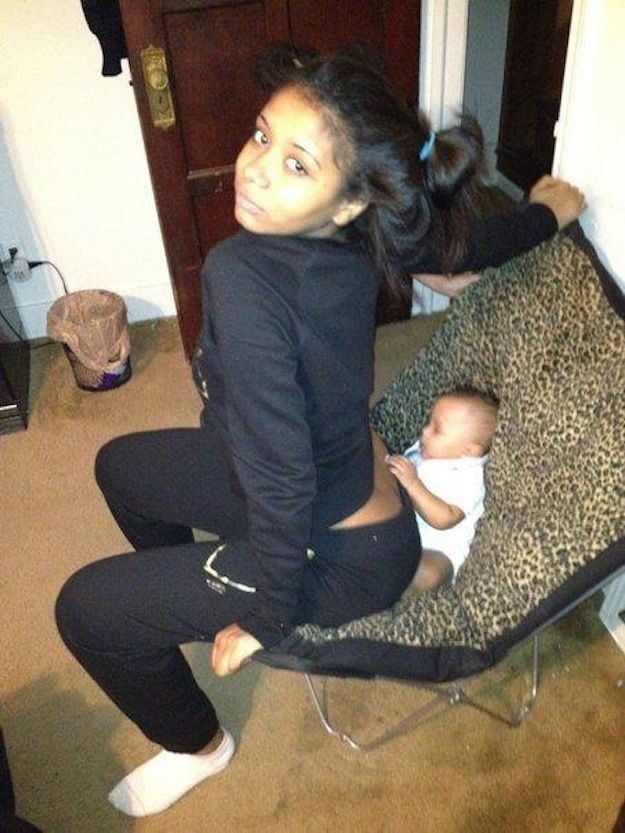 Now it’s likely these reactions will come up and it’s important to just notice when they do and know not to act on them. Refer to your agreement and the detailed guidelines that were created for protection. At times, it might be necessary to copy and paste a guideline that an ex is violating to remind them. Standing up for yourself may take some time.
Now it’s likely these reactions will come up and it’s important to just notice when they do and know not to act on them. Refer to your agreement and the detailed guidelines that were created for protection. At times, it might be necessary to copy and paste a guideline that an ex is violating to remind them. Standing up for yourself may take some time.
Getting therapy for yourself and your children can be a way to get additional support and recover from the past. Therapy for children is important to include in an agreement ahead of time if it’s desired. With more recovery time, setting boundaries can get easier creating a better arena for parenting children.
The National Domestic Violence Hotline is 800-799-7233.
©Lambert
Harsh upbringing negatively affects the development of the child's brain
March 22, 2021 18:06 Olga Muraya
Prohibitions and punishments at an early age lead to changes in the brains of children, even if they have not experienced "real" violence.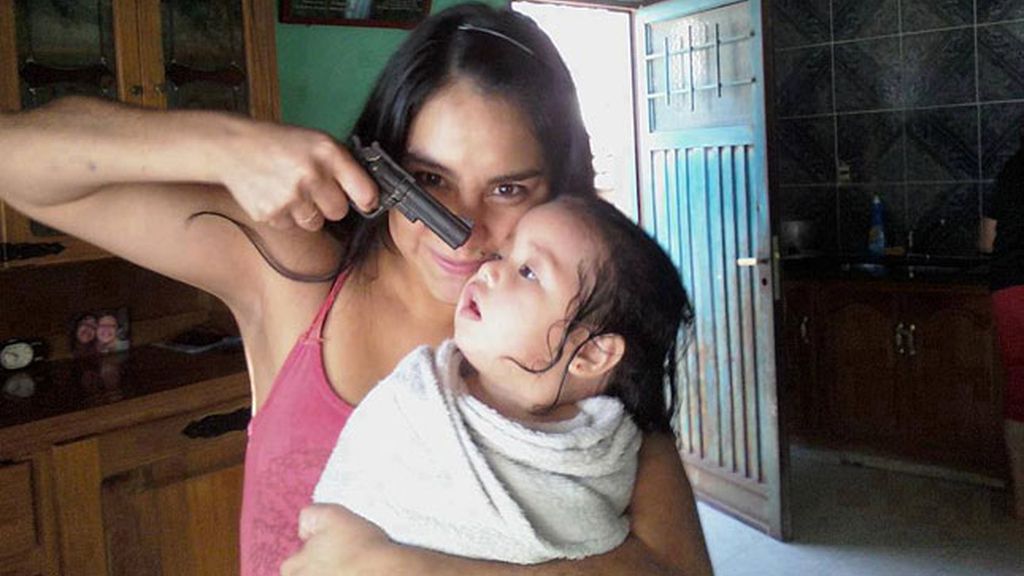
Pictures
Important brain structures were less developed in adolescents who were brought up in strictness from an early age. It turns out that even without obvious violence, it is possible to harm the psyche of the child for years to come.
Everyone decides for himself how to raise his child, but the debate about whether to beat or not to beat continues to this day. At the same time, psychologists are convinced that violence will not help to raise a healthy person. Any responsible parent hopes to make their child a successful and happy member of society, and scientists already know at least 14 ways that will help in this.
A new study by Canadian scientists has shown that not only the obvious abuse in the form of beatings, screaming and sexual harassment affects the development of the child's brain. Even neglect and upbringing "in strictness", which are not considered as abuse, lead to the development of depression and anxiety in children.
Brain structures such as the amygdala and prefrontal cortex play a key role in emotional regulation. Previous research has shown that these structures were underdeveloped in abused children, leading to increased anxiety and a tendency to depression.
The latest study shows that harsh parenting affects brain development in the same way, even if the parents didn't use harsh punishments on their children. Scientists mean by this that constant coercion, orders and ultimatums affect the emotional development of children in the same way as bullying and beatings.
"This is a new and important finding. For the first time, harsh parenting has been linked to changes in the child's brain similar to those we see in abuse victims," said study lead author Professor Sabrina Suffren of the University of Montreal. .
The strength of this study is that the participants were children born at the Saint-Justine University Medical Center: scientists collected data on their development from the very first days of life.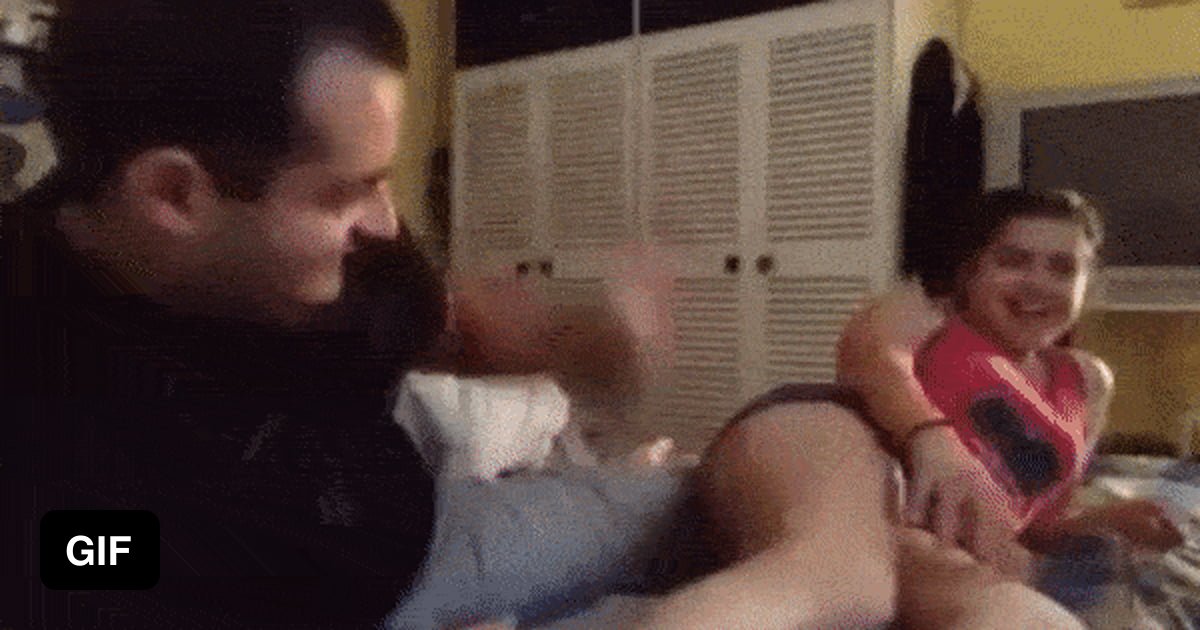
Annual monitoring of the condition of these children included information on the level of anxiety and methods of their upbringing from 2 to 9 years. This made it possible to divide the children into groups corresponding to the more or less rigid educational practices of their parents.
When these children became teenagers (from 12 to 16 years old), scientists performed MRI scans of the brains of each of them. The researchers noted the difference in the development of important brain structures in children from different "educational" groups. The prefrontal cortex and amygdala were less developed in children who were brought up in strictness from childhood.
Thus, scientists were able to establish the relationship between harsh educational measures, anxiety levels and brain development in adolescents.
The results of the study were published in Development and Psychopathology.
Earlier, Vesti.Ru wrote about three factors that determine whether a child will be sexually abused. We also reported that the psychological trauma of parents is transmitted to children.
We also reported that the psychological trauma of parents is transmitted to children.
science psychology brain cruelty psyche upbringing society news
Previously related
-
How to beat procrastination and take action
-
How to Stop Devaluing Your Successes
-
More money = more happiness?
-
Why are we really afraid of clowns?
-
People use emoticons to hide their feelings
-
10 non-obvious habits that repel other people from us
Raising without violence: why it is not worth punishing a child and how to build warm relationships in the family
Some parents are sure that without punishment the child will not obey. Others believe that children should not be told “no” because it hurts them. How to build warm relations in the family without violence, while maintaining authority? On the air of our Radio School, we talked about this with a psychologist, specialist of the Talk to me center Marina Durneva.
Others believe that children should not be told “no” because it hurts them. How to build warm relations in the family without violence, while maintaining authority? On the air of our Radio School, we talked about this with a psychologist, specialist of the Talk to me center Marina Durneva.
Children are not chosen, parents are also
Modern parents are interested in how children are "arranged", why they cry in one situation and get angry in another. Every year more and more useful information about education appears. But still, for many, the slogan “I am not punishing him, but educating him” remains in force even now, and we cannot let go of this stereotype that cripples children.
This happens because in parenthood, as in childhood itself, there is a lot of compulsion. Parents don't choose their children, and children don't choose their parents. Future mothers and fathers build expectations about what the child will be like, believe that the relationship between them and the children will be harmonious.
The illusory nature of these expectations is extremely dangerous. When reality does not match dreams, the parent either comes to the idea of his own impotence and imperfection, or increases the degree of control - and then punishment and directiveness come into the life of the family as a form of education.
In addition, each person has images in his head of what an ideal mom and dad should be like. Parents-to-be often say, "I definitely won't act like my mother or father." When things turn out differently, parents feel the need to lower their anxiety levels, and this translates into authoritarian actions, peculiar ways of not losing power over the child.
"Zucchini" or depersonalization of babies
There is an old story-meme about "zucchini child". The forums discussed the topic of vaccinations for young children under the age of three. One mother asked for advice: is it not an act of violence that she forces a resisting baby to be vaccinated? She was told that her son is still a "baby zucchini" and does not understand anything, which means that there is no violence here.
This story is very revealing: the younger the child, the more difficult it is for us to discern a personality in him. Both evolutionary and historical prerequisites condone this.
In general, we started talking about childhood as an independent phenomenon not so long ago
The "Convention on the Rights of the Child" was adopted recently, only at the end of the 20th century. Mankind realized not so long ago that children are independent beings. Previously, the concept of childhood was associated with social status. The child began to work as soon as he could pick up a tool, and not because he was ripe for this.
In addition, the flowering of child psychology has occurred quite recently. Society needs time to understand that psychological processes inside a child are launched from the moment of his birth.
And secondly, we cannot exclude the fact that the human cub is the most helpless in nature. A deer cub can get up and run in two hours. A child is not capable of doing such a thing. And therefore, it is very difficult for us to find a balance between total control and violence.
“Should I apologize for spanking him?”
Every parent spanked a child at least once. Strong, weak - it doesn't matter, but once this happens to almost everyone. Teachers also have breakdowns. Imagine the situation in the class is critical: one is crying, the third is running, the fifth has climbed onto the closet, and you know the instigator. In such an environment, the first decision that comes to mind is "The instigator - in the corner, he will cool down, and for now I will gather the rest and calm down."
One slap or five minutes in the corner doesn't seem to happen... Or does it? Is it possible to understand from what moment we start to injure a child?
There is a big difference whether an adult analyzes his behavior after a moment of violence against a child or not. By whether a person is able to recognize his own imperfection, one can determine the level of his awareness. However, increased self-reflection is also detrimental. More and more special literature appears, parents start reading about childhood traumas and get scared. But children are not as hypertrophied vulnerable as many imagine. To injure a living being, you need to try.
If a child is traumatized, this is reflected in his behavior. If you notice that he seems to be closing, and his life, previously diverse, like a funnel, is folded into one sphere, most likely there is a reason to seek help.
Illustration: shutterstock / Qualit DesignViolence, overt and covert
Violence is a form of interaction in which adults force a child to do something against his will. This is not necessarily a painful action - it can be unpleasant, disturbing, frightening. Violence can be divided into two categories: explicit and implicit. Within them, physical and psychological effects can be distinguished.
Overt physical abuse - when children are "brought up" with the use of force. It can be beatings, binding, restraining the child. Or maybe, as in the story with the "baby zucchini", the forcible conduct of a medical procedure.
Overt psychological abuse is open threats. Oddly enough, it is easier for psychologists to work with a clear form of violence. The child either defends, adapts, or cries for help. This type of violence is usually visible to outsiders such as educators or social workers.
It is much more difficult for a psychologist to work with hidden violence
Why? Because it is often hidden under the guise of care, education, training. It is formed on the vertical of relationships, when the parent has power, and the child is helpless and attached to a significant adult and therefore has to endure a lot.
Hidden physical abuse can include forced care: treatment, obsessive kisses and hugs. The child is simply not asked whether he wants it or not, because the parent wants it all.
But it is natural for parents to hug, hug, kiss their children, especially if they are small. Is it really necessary to go and ask a four-year-old child: “Darling, can I kiss you now?” Actually - yes.
The position “I myself” has been formed since the age of three. Many children are ready to signal when they like or dislike something even earlier. If children wince, react with crying or anger, frown when an adult comes up who wants to cuddle them, this is already a signal.
Indeed, it is difficult to understand how to give love without forcing it. But building a child's personal bodily boundaries is an important process. Therefore, it is better to ask a question once again.
The most common variant of covert psychological abuse is imposing a burden for which the child is not ready. For example, a child is forced to watch younger children. It can be objected that this has been the custom for a long time, parents do not have time to take care of everyone, they work. However, it must be remembered that an adult chooses parenthood himself and the child is not obliged to be responsible for his brothers and sisters.
Another popular variant of covert psychological abuse is the use of children as a "reservoir" for information. The parent comes home and starts complaining. The child in this situation is absolutely helpless. He cannot say anything, he is forced to endure the stream of thoughts of his mother or father falling on him, and his needs move somewhere.
Neglect of a child's needs is also a common type of covert violence. The parent notices that the child needs something, but either ignores it or punishes him with silence. This behavior is exaggerated, copied and passed from family to family.
Covert violence is not always visible from outside. It can take years and at one moment break out along with the consequences. Therefore, covert violence is a more complex and dangerous phenomenon.
How to be friends with a child (and whether it should be done)
Perhaps many have observed the situation when, at a common holiday, children go to a separate room, while adults remain at the table. "Children's" and "adult" worlds do not mix and do not interact - except for the moment when, for example, it comes time to congratulate the birthday man.
Now children spend more time with their parents, talk more. And it happens that adults turn into friends for their child. Is it necessary to distinguish between the roles of "parent" and "friend"? And how to find this division?
When the parent loses dominance, the roles get mixed up. Then it becomes difficult for both the parent who does not understand how to regain the previous control in order to help the child at the right moment, and the child who loses reliance on a significant figure of an adult who can insure.
There is a simple and effective advice: it is possible to be a friendly adult
Friendship is a different process from parent-child relationships. It occurs between people of different ages, but involves not vertical, but horizontal relationships. Parenthood is still a soft vertical. Therefore, the expert position should always be maintained.
If a parent remembers that he needs to come to the rescue at any time as an expert, then the roles will not be mixed. Imagine a picture where two people come from different poles: one allows the child everything, and the second forbids everything. They meet in the middle and say: "Somewhere you need to prove yourself as a significant figure, and somewhere you need to trust the child." This is the ideal point of interaction between parents and children.
Illustration: shutterstock / lemonoGive your child the right to choose
The child must be given the right to choose. If you enroll him in circles, offer him several options. When looking at a pencil case for an elementary school student, ask him which ones he likes - with Pokemon, fairies or robots. Here you need to be on the alert, because there is a temptation to shift the responsibility for the seemingly made together choice to the child: "Darling, choose mugs, but remember that this is for life."
Again there is a risk of loss of expertise. It is important to maintain a dominant role in any situation. It’s better to tell the child: “We will choose mugs together now. If something goes wrong, I will find time and together we can choose another activity that is interesting for you.”
In this way, responsibility is distributed in a 60/40 ratio - the adult remains in control in this situation, and the child is allowed to enjoy where he chooses to go.
The child makes an effort to go to the circle. At the same time, he retains the opportunity to approach the parent, talk about his feelings and be heard - this is the most important thing. With effort, unlike violence, there is always the right to choose.
Already now we are all together taking a big step towards giving the child freedom of choice. Childhood becomes an independent phenomenon. Children have subcultures, platforms for self-expression, like TikTok. An independent global environment called "childhood" develops and brings changes to the world around.
